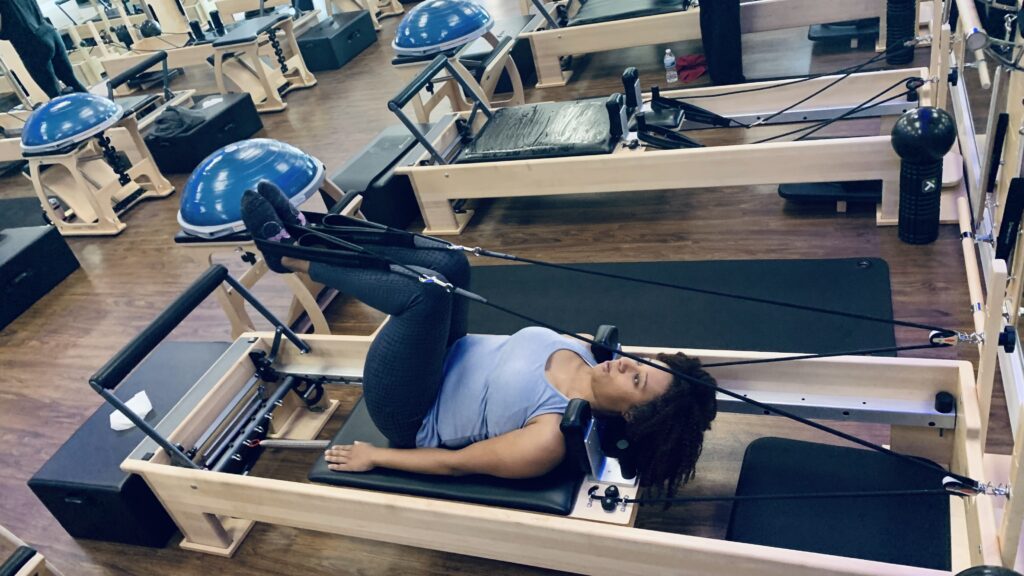Apr 27, 2022
The Road Back
After two years of avoiding the coronavirus, it finally got me.
It started when my younger son developed a cough and low-grade fever. His fever never passed 100, and he was better the next day, so I assumed he just had a cold. A few days later, my older son came home from school with a higher fever – about 101 – but he too was fine the next day.
Since I had four tests at home, I decided to give one to my older son. Positive. Not surprisingly, my younger son was as well.
I stayed negative for two days, but on the third day, I too tested positive. I wasn’t surprised, as I had developed a low-grade fever and chills by that point. I took Tylenol, drank fluids and stayed in bed as much as I could to get better.
Two days later, the fever and chills were gone, and I believe being vaccinated and boosted contributed to my quick “recovery.” I put recovery in quotes because the true recovery was just beginning. I was exhausted for about 12 days after the fever went away, and this was different than anything I’d ever experienced. This wasn’t like the exhaustion from running a marathon or doing speedwork. Now, I could barely stay awake.
I’m writing this blog because I know many runners who’ve had COVID and are finding that their true recovery and return to running is taking longer than expected. It’s beyond frustrating for those of us who ran regularly for years and now struggle to complete just a few miles.
A week after my positive test, when I felt somewhat better, I walked for just 10 minutes on my first venture outside the house. It was an easy, slow walk around the neighborhood, and my physical body felt fine. While I wasn’t winded at the end, I did feel a little dizzy, and was happy to sit down and rest.
The next day I extended the walk to 20 minutes. The temperature was almost 20 degrees higher that day and the warmer air made it easier to breathe. I got in a full mile this time, with no lightheadedness at the end. I was still exhausted afterward, but I counted it as a victory.
Fourteen days after that positive test, I finally woke up and the exhaustion was gone. I felt like a new person. I was so thankful.
But this didn’t mean I was back to my pre-COVID level of fitness. A few days later, I ran three miles with my friends and needed to incorporate plenty of walking intervals. I returned to my Pilates classes, which helped a lot with stretching and injury recovery (more on that in a different blog), and those helped me without stressing out my cardiovascular system.
I’m still trying to figure out what works best right now in terms of running. Nearly everything I’ve read says it’s important to exercise as part of one’s COVID recovery, as long as you don’t overexert yourself. Exercise can help rebuild the cardiovascular system after suffering through a respiratory virus like COVID.
I also have some gastrointestinal distress that still lingers, and my blood pressure has gone up since my bout with COVID. I’m hoping these issues resolve themselves soon, and what I read online about COVID indicates that people often take 3-6 months, if not more, to get back to normal. Even then, normal might not be the same as it was before.
I have one 7-mile race coming up – I registered for it before my illness. While I plan to finish, I vow to take it slow and listen to my body. I’m not scheduling anything else for a while, as I don’t want to overexert myself and hurt my progress.
I always took COVID seriously, and I feel even stronger about that now. I hope that everyone who’s had to deal with this virus is doing the best they can under the circumstances and being gentle with themselves as they continue to recover.

By Shannon Shelton Miller /Twitter: ShannonSMWrites, Instagram: shannon.shelton1
Shannon Shelton Miller is a longtime writer and journalist who enjoys writing about sports, fitness, health, beauty, and parenting. She has been running for 27 years, starting from joining her high school cross country team. She has run a marathon, two half marathons, and countless 5K and 10K races.

